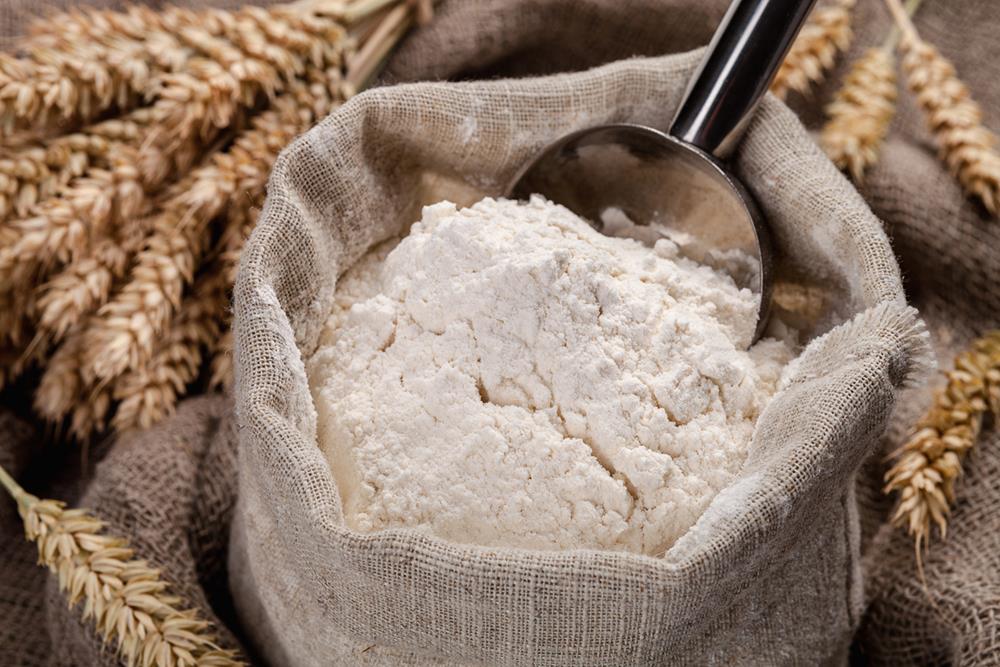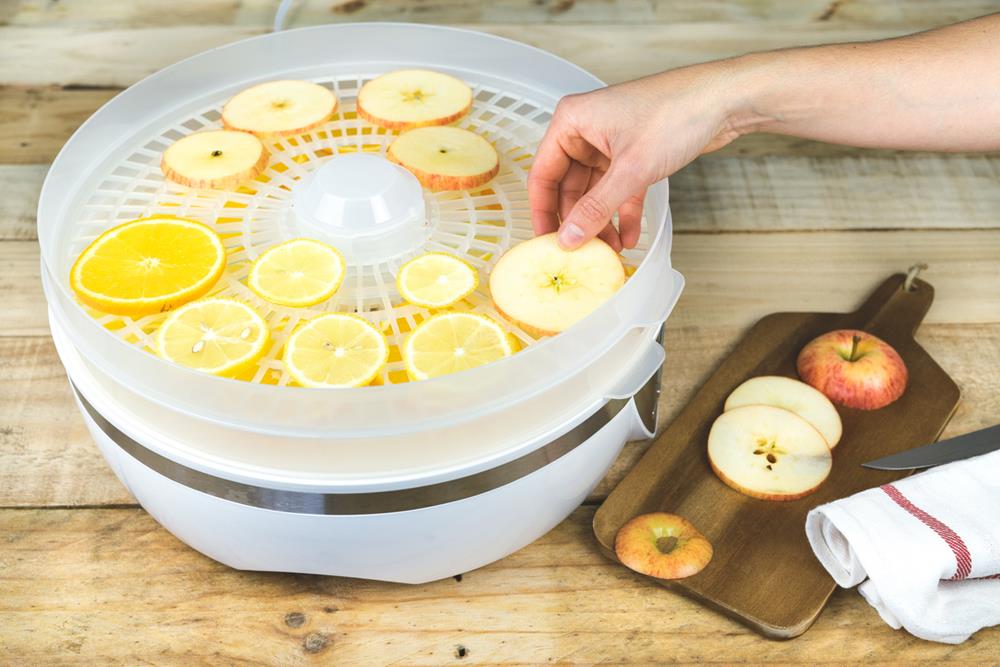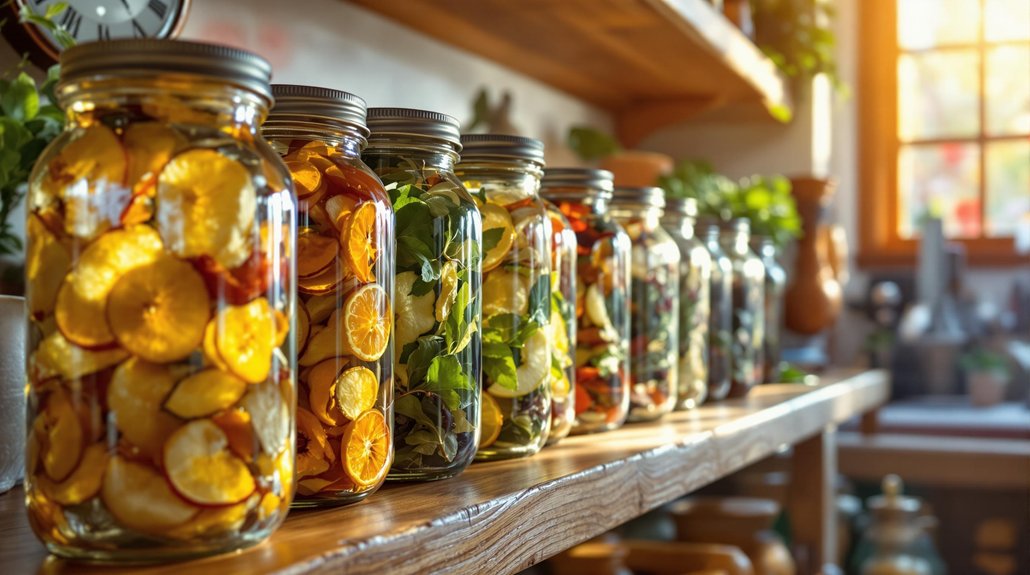Long Shelf Life Foods: Top Picks for Preppers
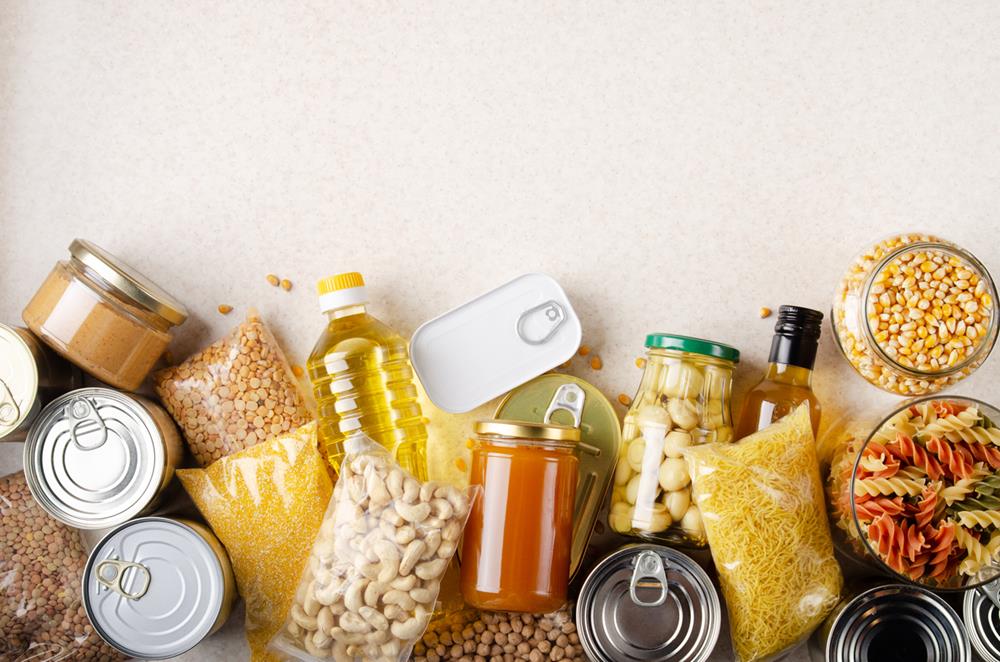
When it comes to emergency preparedness, having the right food supply can make all the difference. Whether you're planning for natural disasters, supply chain disruptions, or long-term self-reliance, stocking up on foods with a long shelf life is a smart and practical move. But not all survival foods are created equal—some last decades while others spoil within months.
In this article, we’ll break down the top long shelf life foods every prepper should consider, from pantry staples to ready-to-eat options, so you can build a reliable food stockpile that’s ready whenever you need it.
| Category | Examples | Estimated Shelf Life | Notes |
|---|---|---|---|
| Protein Sources | Canned meats (tuna, chicken, Spam), freeze-dried meats, jerky, legumes, insects/small game | 1–30 years | Diversify for complete nutrition; freeze-dried meats last the longest |
| Canned Goods | Canned fruits, vegetables, beans, meats | Several years | Convenient, nutritious, and easy to store |
| Frozen & Freeze-Dried Foods | Frozen fruits/veggies, freeze-dried meals | Indefinitely (frozen), 25+ years (freeze-dried) | Retain most nutrients; quality may decline over time |
| Herbs & Spices | Oregano, thyme, cumin, garlic powder, salt, pepper | Several years | Boost flavor and morale in long-term meals |
| Beverages & Mixes | Nonfat dry milk, freeze-dried coffee, tea, powdered drinks | 1–5+ years | Provide comfort and nutritional support |
| Condiments | Vinegar, honey, soy sauce, mustard, ketchup | 1–indefinite | Enhance meals and aid in preservation |
| MREs (Meals Ready to Eat) | Complete meal kits with entrée, sides, utensils | 12–24 months | Portable, calorie-dense, ready-to-eat meals |
| Grains & Legumes | White rice, pasta, quinoa, oats, dried beans/lentils | 10–30 years | Rich in carbohydrates, protein, and fiber |
| Durable Snacks | Pemmican, jerky, freeze-dried fruits, protein bars, canned nuts | 1–25+ years | Great for energy and portability during emergencies |
Protein Sources With Longevity
When building a long-term food supply, protein should be a top priority. It’s essential for maintaining strength, energy, and overall health—especially in survival situations. The key is to stock up on protein sources that are shelf-stable, easy to store, and ready when you need them.
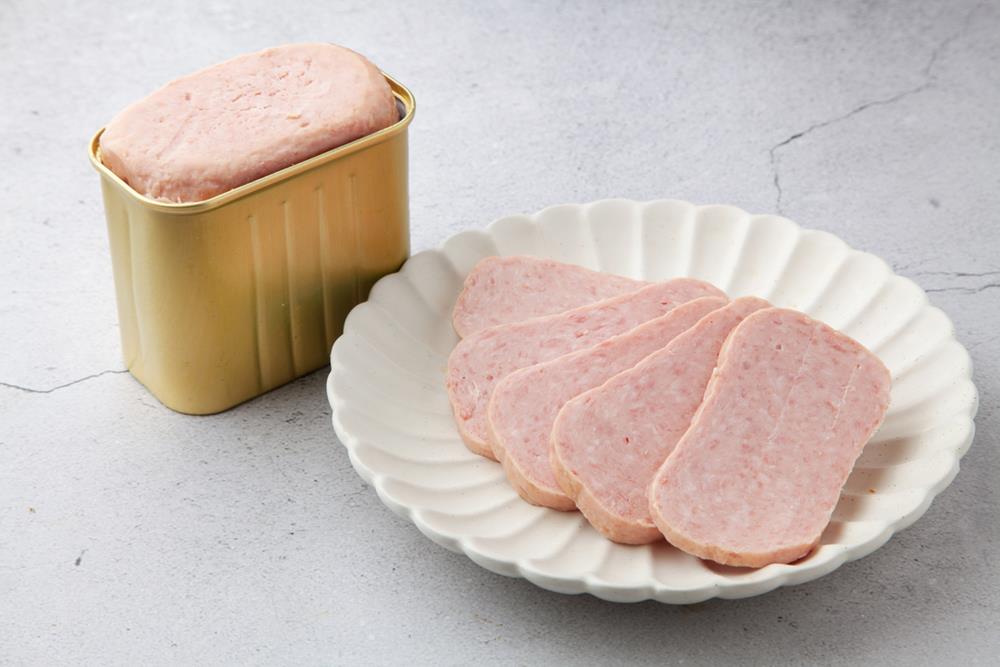
Canned Meats: Options like tuna, chicken, and Spam are shelf-stable, ready to eat, and can last several years. They’re convenient and require no cooking.
Freeze-Dried Meats: These are ideal for long-term storage. They retain most of their nutritional value and can last 25+ years when stored properly.
Jerky: Lightweight and portable, jerky is perfect for bug-out bags. It typically lasts 1–2 years and comes in a variety of flavors and meats.
Dried Legumes: Lentils, chickpeas, and beans are excellent plant-based protein sources. When stored in airtight containers in a cool, dry place, they can last up to 10 years or more.
Alternative Proteins: In true survival situations, options like grubs, insects, or small game (such as opossums) can provide crucial protein when conventional sources are scarce.
By diversifying your protein sources, you ensure your emergency food stockpile stays nutrient-rich, balanced, and sustainable—ready to support you through any crisis.
Essential Canned Goods for Stockpiling
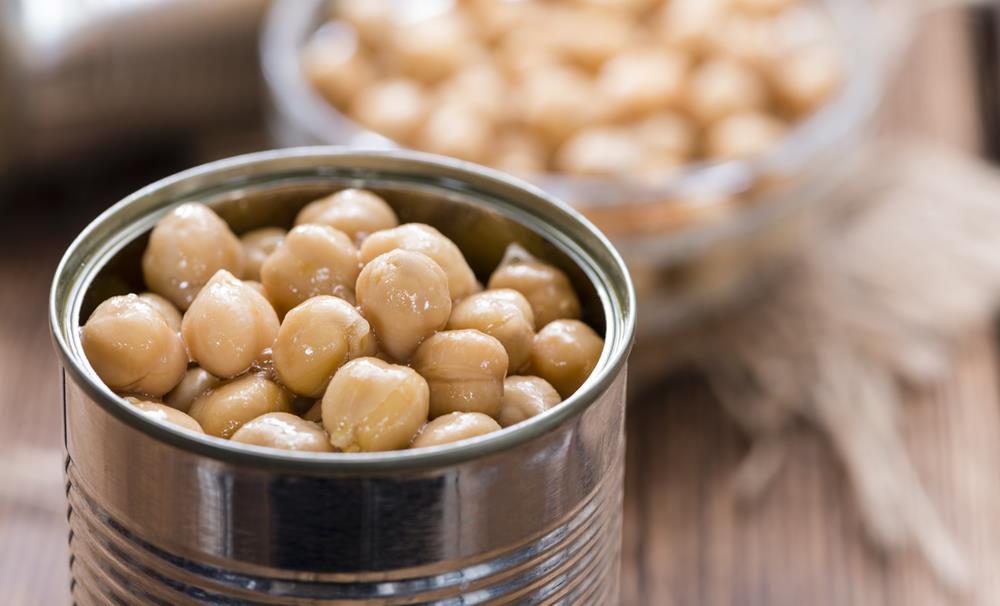
When building a reliable emergency food supply, canned goods are a must-have. They’re shelf-stable, easy to store, and offer a wide range of nutrients to keep your meals balanced and satisfying.
Canned Fruits and Vegetables: These provide essential vitamins and minerals and can last for years without refrigeration. They retain much of their flavor and nutritional value, making them a smart way to maintain variety in your diet.
Canned Beans: Options like black beans, kidney beans, and chickpeas are rich in protein, fiber, and complex carbs. They’re also incredibly versatile—perfect for soups, stews, and side dishes.
Canned Meats: Tuna, chicken, and Spam offer quick, no-prep protein that’s ideal for fast meals in emergencies. They’re filling, nutritious, and easy to rotate in your pantry.
Storage Tip: Always inspect cans before use. Avoid any that are bulging, leaking, dented, or rusted, as these could be signs of spoilage or contamination. Utilize airtight containers for long-term storage of grains and legumes to maintain freshness and longevity.
Canned goods are a cornerstone of any prepper’s pantry—offering convenience, variety, and long-lasting nutrition when it matters most.
Frozen Foods for Extended Storage

Though often overlooked, frozen foods are vital for extended storage due to their ability to last indefinitely when kept below 0°F. Their incorporation in your prepper stockpile guarantees a steady supply of fundamental nutrients.
Here’s why frozen foods are significant:
- Freeze-dried foods: With a shelf life of 25 years or more, they’re ideal for long-term storage.
- Nutritional value: Frozen fruits and vegetables retain important vitamins and minerals, making them perfect for meal enhancements.
- Proper storage techniques: Use airtight containers to prevent moisture exposure, maintaining the foods' quality.
- Quality decline: Although frozen foods can last indefinitely, their quality may decline over time.
- Non-perishable foods such as freeze-dried vegetables can be rehydrated, maintaining flavor and nutrients, and make a valuable addition to your emergency food supplies.
Versatile Herbs and Spices

While frozen and canned foods form the backbone of many emergency food supplies, herbs and spices are what turn basic meals into something enjoyable—even in tough times.
When stored in airtight containers and kept away from heat, moisture, and light, most dried herbs and spices can last several years without losing much flavor.
Essential Herbs: Dried oregano, thyme, rosemary, and basil are excellent for enhancing soups, stews, and pasta dishes.
Flavorful Spices: Long-lasting spices like cumin, chili powder, paprika, and coriander seeds add depth and variety to even the simplest meals.
Must-Have Staples: Don’t forget the basics—salt, pepper, garlic powder, onion powder, and Italian seasoning. These can make a major difference in how satisfying your meals feel during an emergency.
Even with limited ingredients, a small collection of spices and herbs can boost morale and flavor, turning your stockpile into a more enjoyable and comforting food supply.
Long-lasting Beverages and Mixes
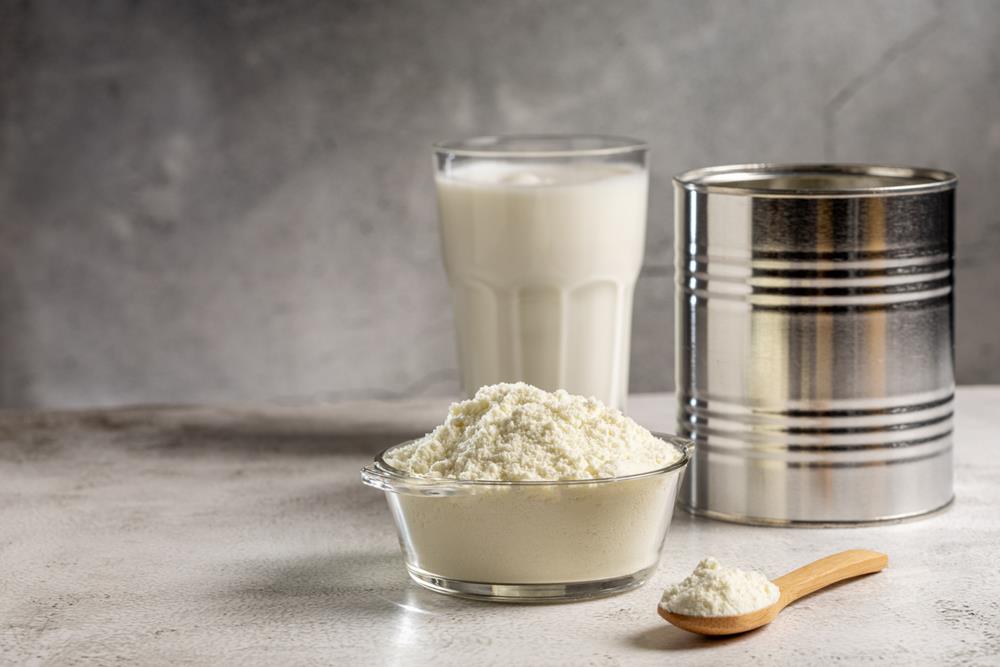
When planning for long-term storage, consider incorporating long-lasting beverages and mixes to your pantry. These items can be both comforting and practical. Here are some top choices:
- Nonfat Dry Milk: This staple can maintain its shelf life for years if stored in a cool, dry place. It's a versatile supplement to your food supplies.
- Freeze-Dried Coffee: This caffeine fix can last for years, ensuring you're ready to start your day no matter what.
- Powdered Drink Mixes: Options like electrolyte powders and lemonade improve plain water and often last over a year.
- Tea: Dried leaves provide a comforting beverage option with excellent shelf life.
Store these in glass containers for quality preservation, reducing the risk of leaching from plastics.
Reliable Condiments for Preservation

While building your emergency pantry, condiments might not be top of mind—but they can make a big difference in flavor, nutrition, and even food preservation. Here are some pantry-friendly condiments known for their impressive shelf lives:
Vinegar: With an indefinite shelf life, vinegar is a must-have. It’s essential for pickling, cleaning, and enhancing flavor in everything from dressings to marinades.
Honey: Naturally preserved and extremely low in moisture, honey can last forever. It’s perfect as a sweetener, energy boost, or even as a wound treatment in a pinch.
Soy Sauce: Thanks to its high salt content, soy sauce stays shelf-stable for several years unopened. It’s a great way to add umami to simple meals.
Mustard: Properly stored mustard can remain fresh for up to two years, adding a tangy kick to sandwiches and sauces.
Ketchup: While ketchup lasts 6–12 months once opened, unopened bottles can last longer in a cool, dark place, offering a sweet-savory option for a variety of meals.
Including these condiments in your stockpile helps ensure your meals aren’t just nutritious—but also flavorful, enjoyable, and easier to preserve.
Meals Ready to Eat for Emergencies
In times of crisis or outdoor adventures, Meals Ready to Eat (MREs) provide a practical solution with their impressive shelf life of 12 to 24 months. They’re a balanced option for emergency situations when cooking isn’t feasible.
Here’s why MREs are a smart enhancement to your emergency food supply:
- Nutritional Value: Each MRE contains around 1,200 to 1,300 calories, ensuring you get adequate energy.
- Convenience: Pre-packaged with an entrée, side dish, dessert, and utensils, they’re ready to eat anytime.
- Portability: Lightweight and compact, MREs fit perfectly in bug-out bags.
- Variety: A wide range of flavors helps prevent meal fatigue, keeping your meals interesting during challenging times.
Consider MREs for their convenience and versatility in emergencies.
Staple Grains and Legumes
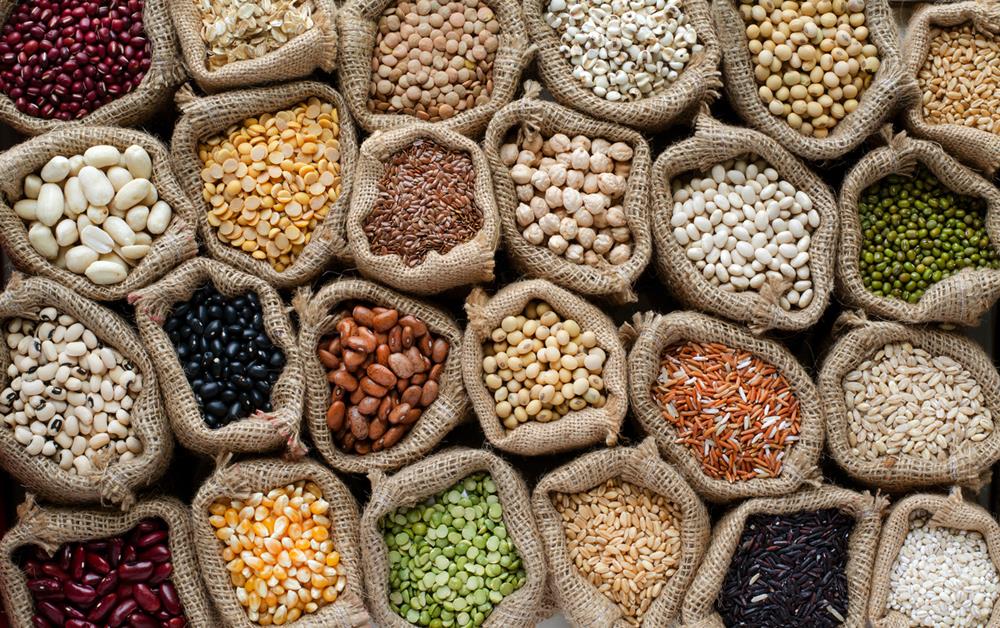
When it comes to long shelf life, versatility, and nutrition, grains and legumes are some of the most valuable additions to any prepper pantry.
White Rice & Pasta: These pantry staples can last up to 30 years when stored in airtight containers in a cool, dark place. They're easy to cook and serve as a reliable source of energy.
Dried Legumes: Beans like pinto beans, black beans, lentils, and chickpeas are rich in protein, fiber, and essential minerals. When stored properly, they can stay good for 10 to 30 years.
Quinoa: A complete plant-based protein, quinoa is packed with essential amino acids and nutrients. It can last over 25 years in dry, sealed storage conditions.
Rolled Oats: Ideal for breakfast or baking, oats are nutrient-dense and have a shelf life of up to 30 years when stored correctly.
These non-perishable staples provide the building blocks for a wide range of meals, ensuring you have the carbohydrates, protein, and essential nutrients needed to sustain energy and health during emergencies.
Durable Snack Foods
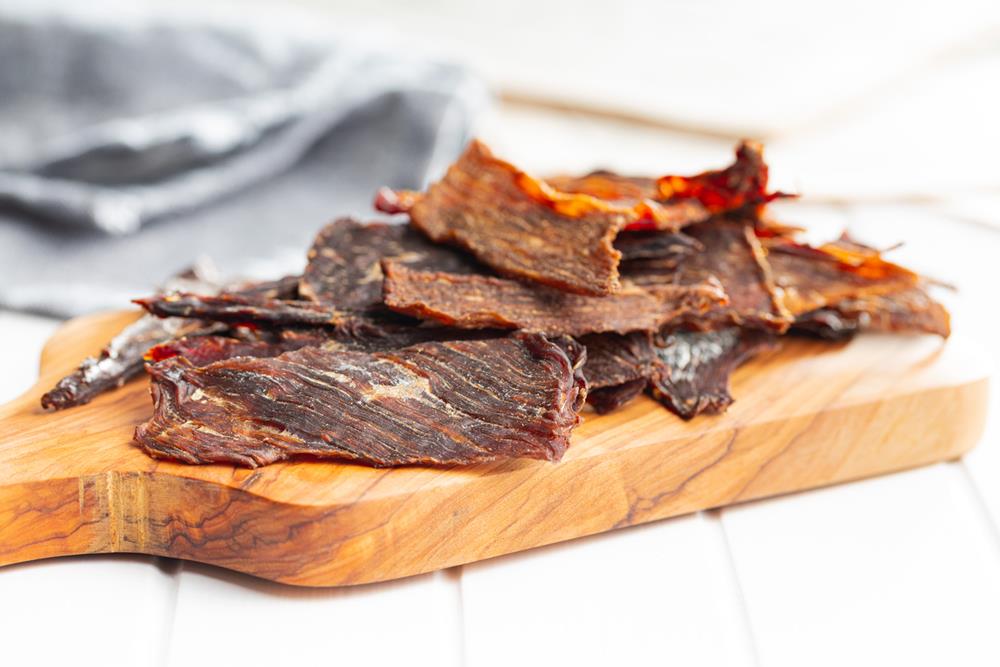
When building a prepper pantry, durable snack foods are vital for both nutrition and energy. These snacks not only provide sustenance but also have a long shelf life, making them perfect for emergency situations.
Here are some top picks:
- Pemmican: This calorie-rich snack, made from dried meat and tallow, is a concentrated protein source that can last for years.
- Jerky: Available in different meats and vegan options, jerky is lightweight, portable, and has a long shelf life, making it a convenient snack.
- Freeze-dried fruits: Retaining nutritional value and flavor, they can last 25 years or more, perfect for healthy snacking.
- Canned nuts and protein bars: Both provide quick, important nutrients and are excellent for on-the-go energy enhancements.
Storage and Preservation Tips

Storing long-lasting foods properly is just as important as choosing the right ones. Without the right conditions, even shelf-stable items can spoil early. Follow these essential tips to keep your food stockpile safe, fresh, and ready when you need it:
Store in Ideal Conditions: Keep your food in a cool, dry, and dark place—ideally below 70°F (21°C). Avoid areas with high humidity or temperature fluctuations.
Use Proper Containers: Extend shelf life by using airtight containers such as Mylar bags with oxygen absorbers, vacuum-sealed jars, or food-grade buckets with tight lids. These protect against air, moisture, pests, and light.
Rotate Regularly: Practice the first-in, first-out method. Use older items first and replace them with new stock. This ensures nothing sits too long and reduces waste.
Label Everything: Mark containers with purchase dates and estimated expiration dates to make tracking your supplies easier and more efficient.
Inspect Periodically: Check your stockpile every few months for signs of spoilage like unusual smells, discoloration, or damaged packaging. Discard anything questionable to maintain a safe and reliable supply.
By following these simple yet crucial practices, you’ll help guarantee that your long-term food supply remains nutritious, safe, and ready for any situation.

